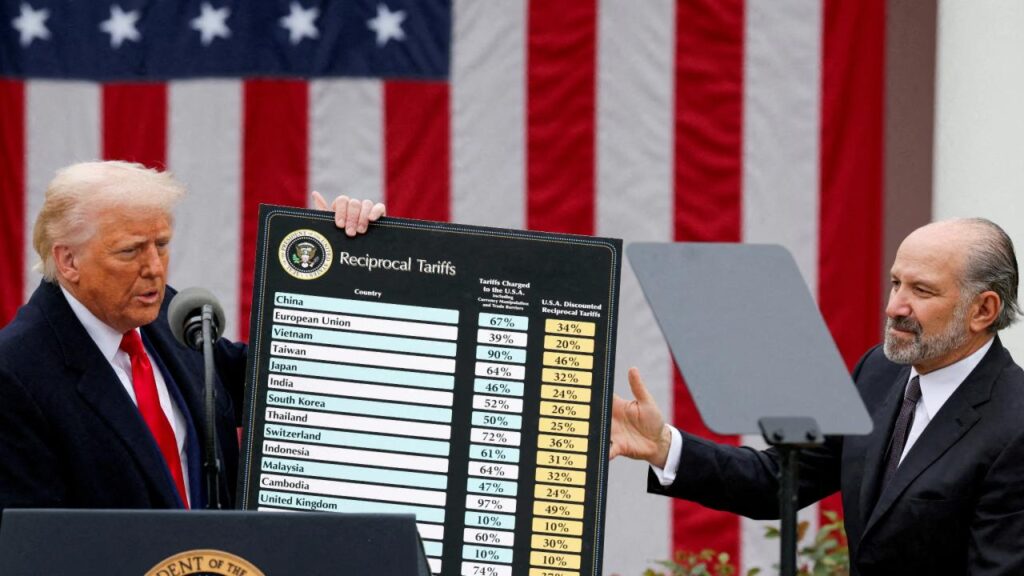In a twist that’s sent ripples through markets and households alike, a federal appeals court has temporarily upheld President Trump’s sweeping tariffs, despite a lower court’s ruling deeming them illegal. While the legal battle continues, these tariffs remain in effect, potentially impacting prices on a range of consumer goods.

Surprise Ruling Keeps These Trump Tariffs in Place
| Insight | Statistic |
|---|---|
| Average U.S. tariff rate | Increased from 2.5% to 17.8% |
| Estimated annual cost per household | $3,800 |
| Impact on GDP growth | Reduction of 0.7 percentage points in 2025 |
| Price increase in apparel | Up to 14% |
The unexpected continuation of President Trump’s tariffs underscores the complexities of trade policy and its far-reaching implications. As legal proceedings continue, the economic impact on consumers and businesses remains significant. Staying informed and adaptable is crucial in these uncertain times.
The Legal Tug-of-War
On May 28, 2025, the U.S. Court of International Trade ruled that President Trump’s tariffs, imposed under the International Emergency Economic Powers Act (IEEPA), exceeded his authority and were therefore illegal. However, the very next day, the U.S. Court of Appeals for the Federal Circuit granted a temporary stay on this decision, allowing the tariffs to remain in place while the legal process unfolds.
The administration argues that these tariffs are essential for national security and economic independence, while critics contend they overstep executive powers and harm consumers.
Impact on Consumers
The continuation of these tariffs has tangible effects on everyday Americans. Retailers like Walmart and Target have reported significant price hikes on various products. For instance, a Jurassic World T. Rex toy increased from $39.92 in April to $55 in May, marking a 38% jump. Similarly, a Baby Born doll saw a 43% price increase in the same period.

These increases are not isolated incidents. Analyses indicate that the 2025 tariffs have led to a 2.3% rise in overall consumer prices, translating to an average annual cost of $3,800 per household. Lower-income families are particularly affected, with annual losses estimated at $1,700.
Economic Ramifications
Beyond individual households, the broader economy feels the strain. The Yale Budget Lab projects a 0.7 percentage point reduction in U.S. GDP growth for 2025 due to these tariffs. Industries reliant on imported materials, such as automotive and electronics, face increased production costs, potentially leading to job cuts and slowed innovation.

Moreover, international trade relations are strained. Countries affected by the tariffs may impose retaliatory measures, further disrupting global supply chains and economic stability.
What’s Next?
The legal battle over these tariffs is far from over. The appeals court’s temporary stay is just that—temporary. Further hearings and potential Supreme Court involvement could alter the course of this policy. In the meantime, consumers and businesses must navigate the economic landscape shaped by these tariffs.






